Last-Minute NYC Holiday Gift Guide 🎁
We’ve created a holiday gift guide with presents for the intrepid New Yorker that should arrive just in time—


Inspired by the Gothamist’s flashback to the Dakota in the 1890s, Untapped pulled together more incredible historical images from the Upper West Side. One of the classes in the urban planning department at Columbia University is working with Community Board 7 to contemplate the future of the Central Park Skyline. The historical photographs they compiled (mostly from the Library of Congress) include a rural upper west side, Columbus Circle with streetcars, townhouse interiors, old shots of the Museum of Natural History and more.
Shot of a rural Upper West Side with open land, wooden structures and the beginning of some taller apartment buildings. If you look closely, you can see the signs for “carpenter shop,” “window screwing” and a place called the “Park Summer Garden.” In the upper right, you can see the church of St. Paul the Apostle which was built between 1876 and 1884, now situated just next to Lincoln Center:
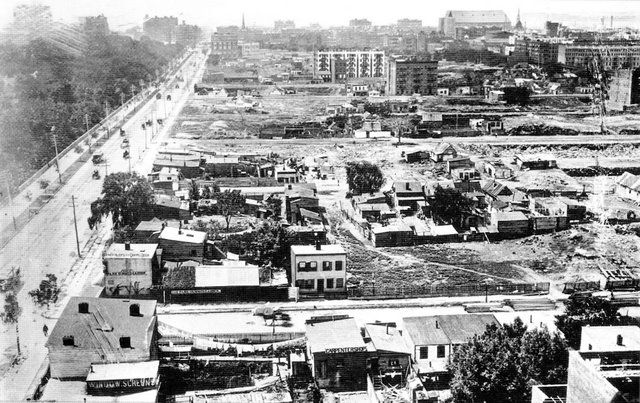
Here’s the Dakota again, very similar to the picture in the Gothamist, but you can see the electrical lines on the right of the picture:
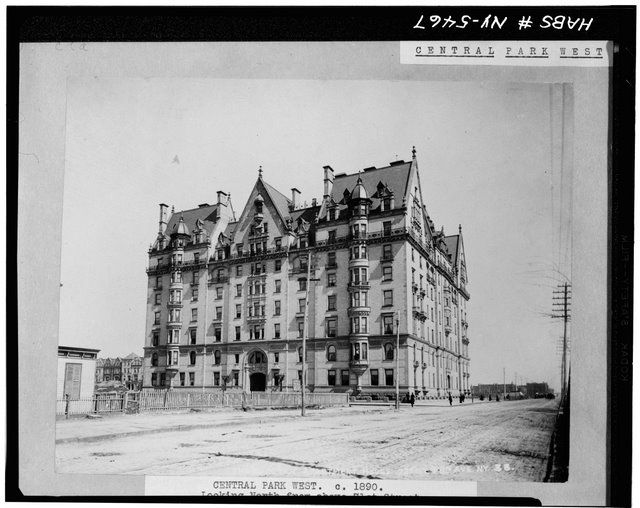
This photograph dates between 1894-1899, with the Majestic Hotel (left) now sharing the frame with the Dakota. The hotel came replete with bowling alley and roof gardens, but it was demolished just before the 1929 stock market crash:
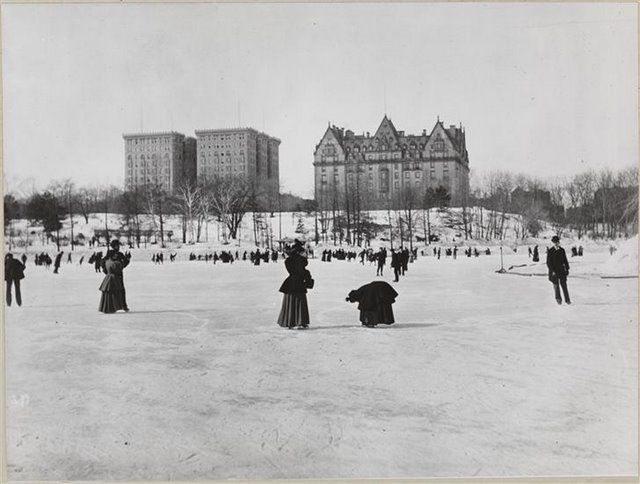
Here is Columbus Circle in 1901 with streetcars and horse drawn carriages:

Columbus Circle in 1912, with Broadway losing its Paris-like, tree-lined grand boulevard feel during the previous decade:
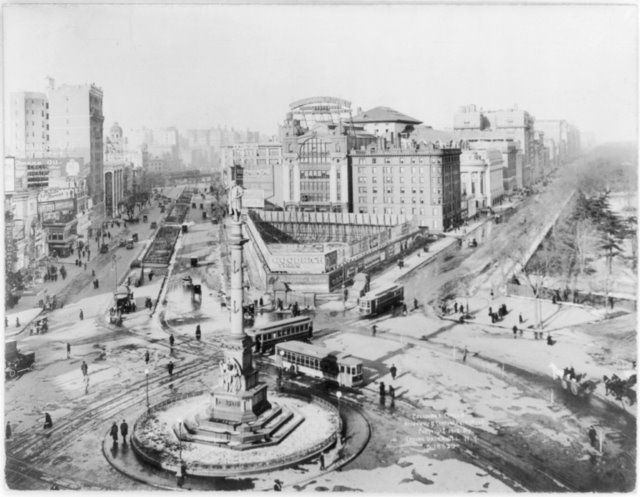
Floor plans for the Apthorp, the Beresford, and The Astor apartments (from Columbia University Avery Architecture Library):
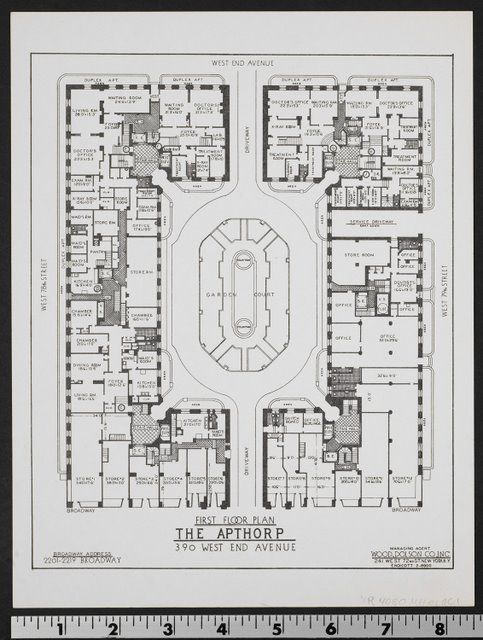
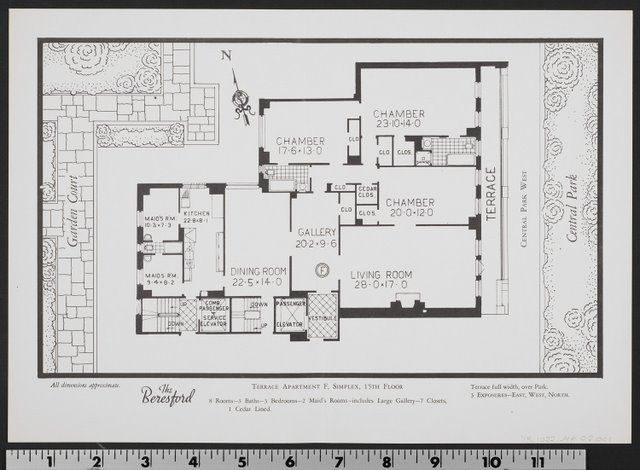
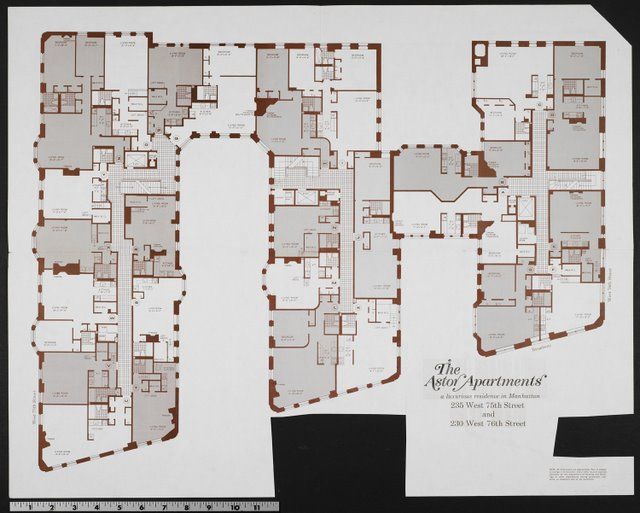
Museum of Natural History, with the elevated train that once went down Columbus Avenue:
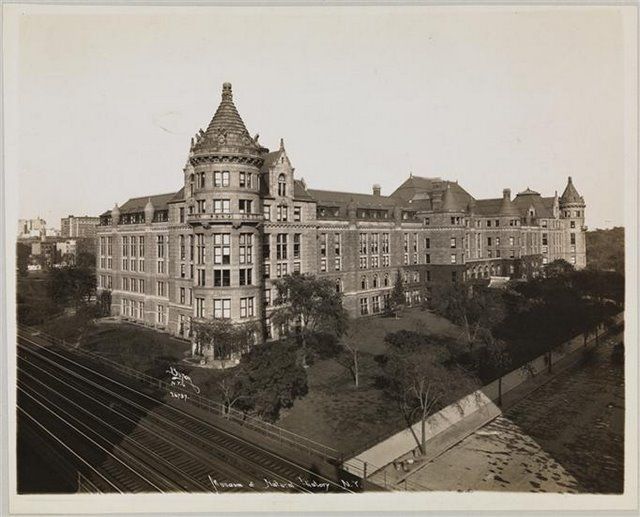
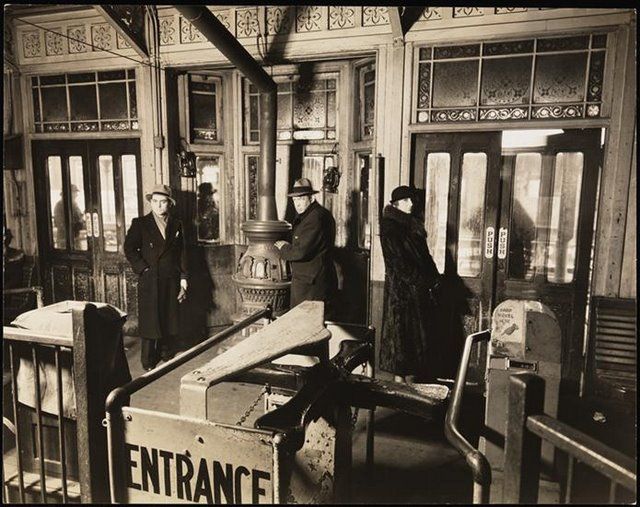
This period of innovation and urbanization was also accompanied by wide social and economic inequity, as documented by muckraker and photographer, Jacob Riis. Photographs likely from the Lower East Side:
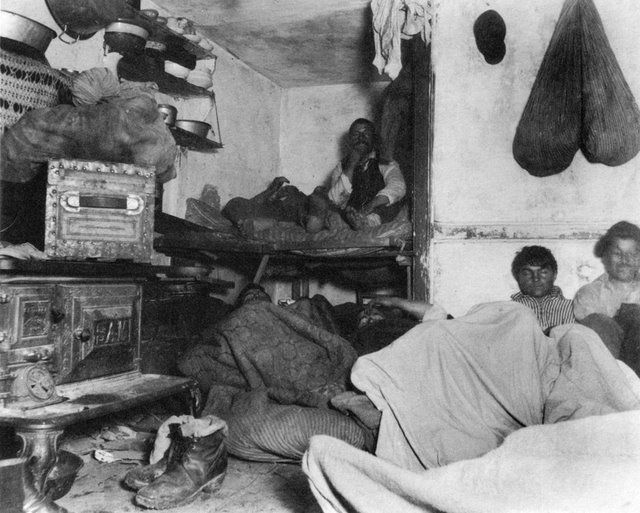
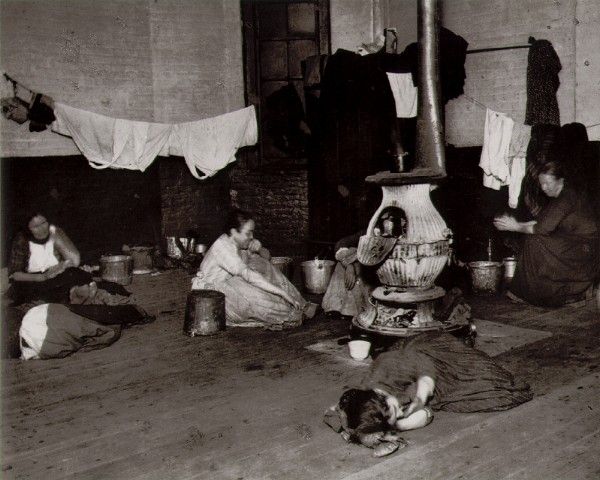
And one of the wooden-structure holdouts on the Upper West Side, sandwiched between new apartment houses in 1938:
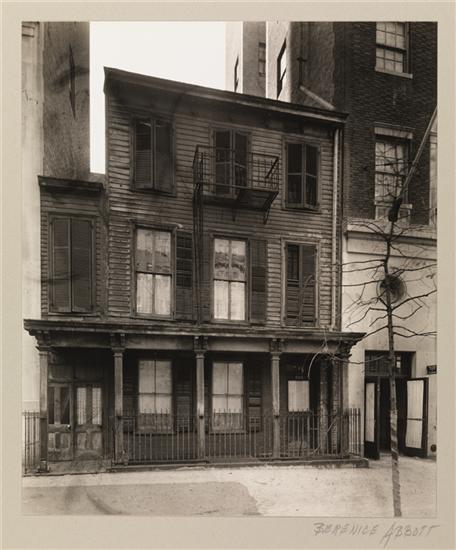
Get in touch with the author @untappedmich.
Subscribe to our newsletter